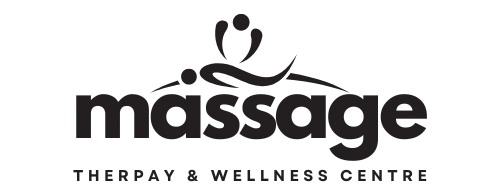Discover the Benefits of Swedish Massage Therapy
Swedish massage therapy is one of the most popular and effective forms of bodywork worldwide. Whether you’re seeking relaxation, relief from tension, or a more rejuvenated state of mind and body, Swedish massage offers a wealth of therapeutic benefits.
1. Reduces Stress and Promotes Relaxation
Swedish massage is renowned for its ability to reduce stress and promote deep relaxation. The smooth, flowing strokes used during the therapy stimulate the body’s parasympathetic nervous system, which helps to lower levels of cortisol (the stress hormone) and induces a calming effect. As a result, individuals experience an improved mood and reduced anxiety (Field, T. “Massage therapy research review,” American Journal of Lifestyle Medicine, 2016).
2. Relieves Muscle Tension and Pain
Swedish massage therapy is highly effective in relieving muscle stiffness, tension, and pain. The various techniques—including long strokes, kneading, and circular movements—target muscle knots and enhance blood circulation. This helps to loosen tight muscles, increase flexibility, and improve overall muscle function. Studies show that Swedish massage significantly reduces muscle soreness and discomfort, promoting quicker recovery from physical exertion (Ernst, E. “Massage therapy: A critical review of the literature,” Journal of Pain, 2009).
3. Improves Circulation and Lymphatic Drainage
Another key benefit of Swedish massage is its positive impact on circulation. The rhythmic strokes and pressure applied during the massage stimulate blood flow and help to carry oxygen and nutrients to tissues throughout the body. In addition, Swedish massage supports the lymphatic system, aiding in the removal of toxins and waste products. This boost to both circulation and lymphatic drainage enhances overall health and energy levels.
4. Enhances Flexibility and Range of Motion
Regular Swedish massage sessions can increase your body’s flexibility and range of motion. By targeting the muscles, tendons, and fascia, Swedish massage helps to improve the elasticity of these tissues, preventing stiffness and promoting easier movement. Whether you are an athlete or simply someone seeking to maintain a healthy body, Swedish massage can support long-term mobility.
5. Boosts Mental Clarity and Well-Being
Beyond physical benefits, Swedish massage is also known to enhance mental clarity. The relaxing effects of the massage help clear the mind, reduce mental fatigue, and foster a sense of well-being. Studies show that massage therapy can decrease symptoms of depression and anxiety, contributing to a more balanced and positive mindset (Moyer, C. A., Rounds, J., & Hannum, J. W. “Massage therapy for osteoarthritis of the knee: A systematic review,” Journal of Pain and Symptom Management, 2004).
6. Promotes Better Sleep
For those struggling with insomnia or poor sleep quality, Swedish massage can provide a natural remedy. The relaxation and stress reduction achieved during a session promotes better sleep by lowering heart rate and blood pressure. By improving both physical relaxation and mental calm, Swedish massage helps individuals fall asleep faster and enjoy a deeper, more restorative rest.
7. Enhances Skin Health
The gentle strokes and kneading of Swedish massage also benefit your skin. By improving circulation, Swedish massage encourages the delivery of oxygen and nutrients to skin cells, which can help improve your complexion. Additionally, the therapy aids in the removal of dead skin cells and promotes healthier, more radiant skin.
Why Choose Swedish Massage?
Swedish massage is a highly adaptable treatment suitable for nearly anyone. Whether you’re seeking relief from stress, physical discomfort, or simply looking to improve your overall well-being, Swedish massage provides a range of therapeutic benefits that are both effective and soothing.
Book a session today and experience the transformative effects of Swedish massage therapy!
References:
- Field, T. (2016). “Massage therapy research review.” American Journal of Lifestyle Medicine, 10(3), 180–185.
- Ernst, E. (2009). “Massage therapy: A critical review of the literature.” Journal of Pain, 12(6), 548–559.
- Moyer, C. A., Rounds, J., & Hannum, J. W. (2004). “Massage therapy for osteoarthritis of the knee: A systematic review.” Journal of Pain and Symptom Management, 28(3), 263–277.
